Regarding AC systems (like for homes and such), a circular path is called a parallel conductor. It's illegal (according to the NEC section 310) except under certain circumstances. But I have noticed that with DC circuits, circular conductors are also... taboo (for lack of a better word). See the picture below- just for example (there are probably better examples, so if another example is better for illustrating the problem or answer please, show and tell).
My question(s) is basically, what's wrong with a circular/parallel conductor?
Also, just for clarity, here's a picture of an illegal circuit (per NEC):
Edit- as a follow up to some of the comments below, I happen to have seen the LED circuit mentioned above. I currently have one similar PCB (sort of a poor example, pictured below, because the excuse for not connecting the rings could be that there is a conductor in the way) but I have seen another PCB without any excuse for not completing the ring, so I wondered why it was not connected.
